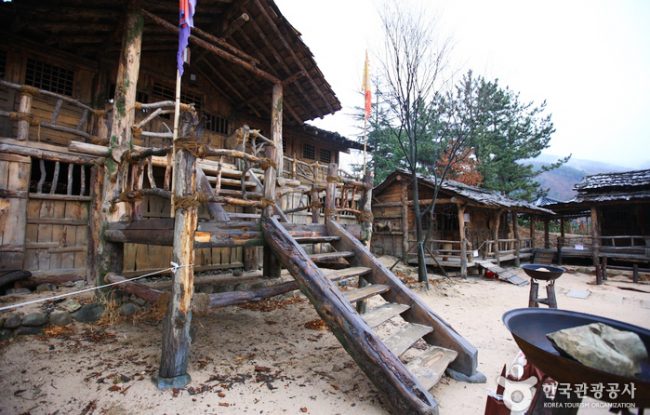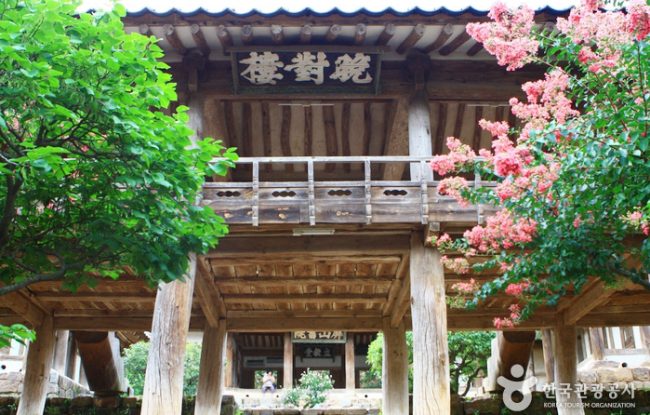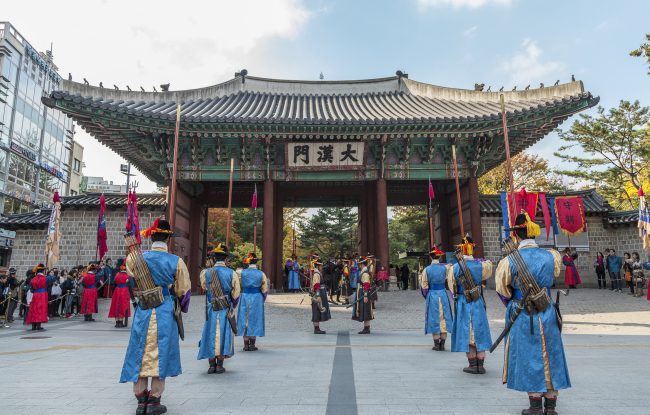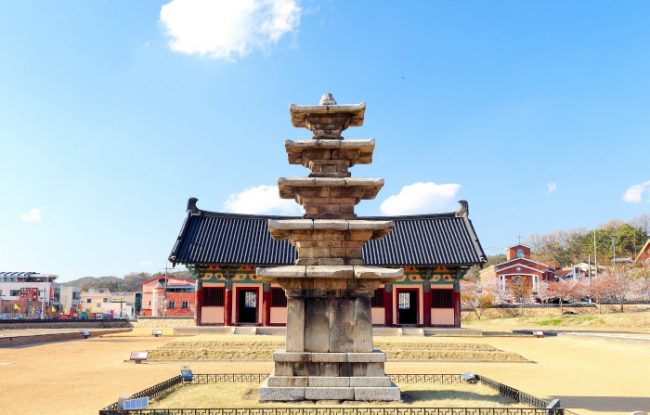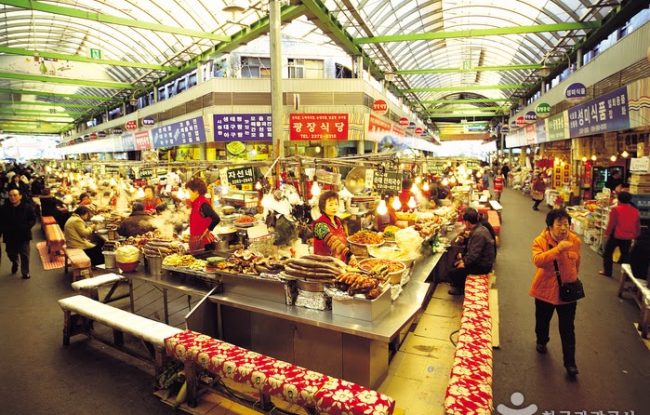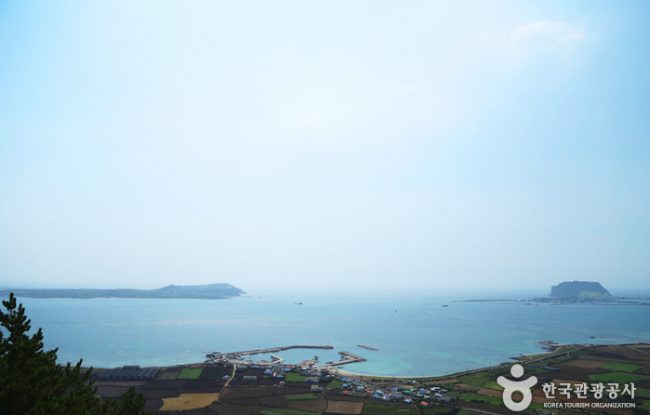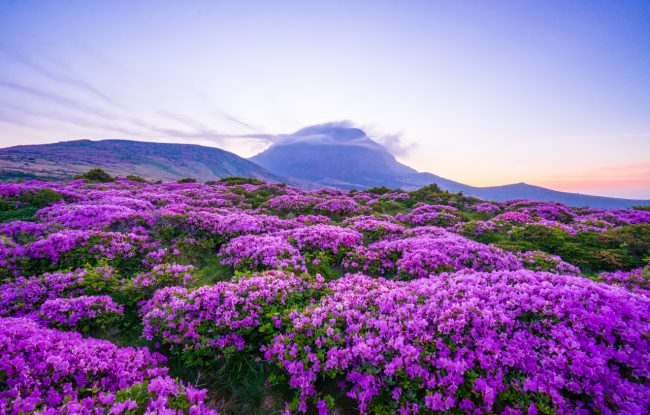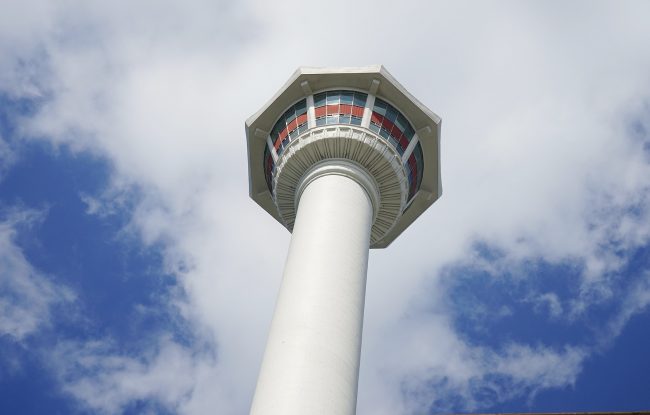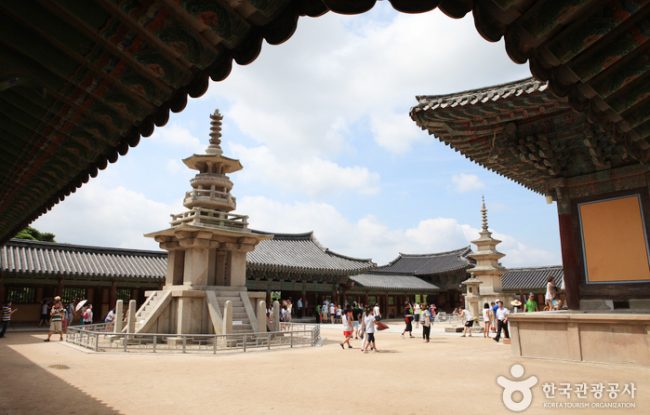


Loading
Shilla Millennium Park is a theme park integrating both education and entertainment about the history and culture of the Silla Period. Focusing on the Silla Period (57 BC - AD 935), the park reproduces Silla architecture and a village of aristocrats, tells children fun stories about the period...…
Hahoe Village is home to descendants of the Ryu clan of Pungsan and is well-known for its traditional houses. Birthplace of renowned scholars of the Joseon Period such as Gyeomam Ryu Un-ryong and Seoae Ryu Seong-ryong, the village became even more famous after Queen Elizabeth of England visited on A…
Located at the corner of Seoul's busiest downtown intersection, Deoksugung Palace is famous for its elegant stone-wall road. It is also the only palace that sits alongside a series of western style buildings that add to the uniqueness of the surrounding scenery...…
This granite pagoda from the late Baekje period in Buyeo-eup, Buyeo-gun, Chungcheongnam-do has been designated National Treasure No. 9. It is generally known as the "Baekje Five-story Pagoda." ...…
Gwangjang Market was the first permanent market in Korea and continues to thrive as a popular tourist destination today. The second floor of the market is filled with silk, satin, and linen bed-sheet stores, which are the largest and most famous in Seoul...…
Jongalri shore road is the longest among the coastal roads of East Jeju and has great scenery, and includes Tokkiseom Island, which has crinum flowers, a migratory bird sanctuary, and the Jongdali clam experience center, along with Sehwa Beach, Hado Beach, and Changheungdong Beach...…
Hallasan Mountain rises up proudly from the center of Jeju Island and is perhaps the island’s most memorable landmarks. Also called Mt. Yeongjusan, meaning "mountain high enough to pull the galaxy," Hallasan Mountain is widely known by scientists for its geological value...…
Busan Tower is a symbol of Busan that stands proudly 69 m above sea level at a height of 120 m. The top of the tower is modeled after the baldaquin of Dabotap Pagoda in Bulguksa Temple, Gyeongju...…
Bulguksa Temple is the representative relic of Gyeongju and was designated as a World Cultural Asset by UNESCO in 1995. The beauty of the temple itself and the artistic touch of the stone relics are known throughout the world...…






 Refine Search
Refine Search

